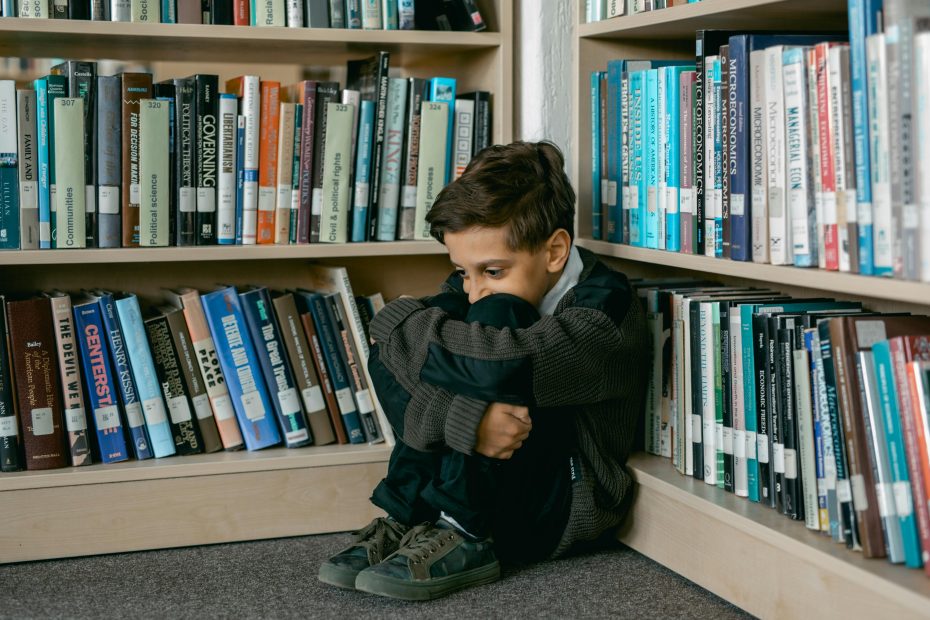A question I ask every parent of a school-aged child who contacts me is, “Is your child generally coping at school?” So often, the answer is, “no.” So many of our young people find school to be an incredibly difficult environment to function in.
Every parent wants to see their child thrive in school—academically, socially, and emotionally. But what if your child is bright and capable, yet still struggles with reading, focus, coordination, or even behavior?
The root of the problem might not lie in your child’s motivation or intelligence. Instead, it could be linked to something most people don’t even think about—retained primitive reflexes.
What Are Primitive Reflexes?
Primitive reflexes are automatic movements that babies are born with. They’re essential for survival and early development. For example, the Moro reflex (or startle reflex) helps a baby respond to sudden stimuli, while the rooting reflex helps with feeding.
As babies grow, these reflexes are supposed to be naturally integrated by the brain, making way for more controlled and voluntary movements. However, in some children, these reflexes aren’t fully integrated and remain retained in the body. When this happens, they can interfere with learning, motor coordination, focus, and emotional regulation—even years later.
Clues Your Child May Have Retained Reflexes
Retained reflexes can manifest in subtle and surprising ways. Here are some common signs to look for:
- Fidgeting constantly or poor posture when sitting
- Difficulty with handwriting, pencil grip, or cutting
- Struggles with reading, tracking lines of text, or letter reversals
- Poor focus or attention in class
- Difficulty sitting at a desk to focus
- Emotional outbursts or being easily overwhelmed
- Clumsiness, bumping into things, or poor balance
- Sensitivity to touch, sound, or lights
- Bedwetting or toileting delays beyond the expected age
- Dislike of tummy time or crawling when younger
- Late milestones, like sitting, crawling, or walking
All of the above clues have can be influenced or caused by retained reflexes that are still active in the body
How Reflexes Impact Learning and Behavior
When primitive reflexes persist beyond infancy, they can hijack the body’s ability to self-regulate.
For instance:
- A retained Moro reflex can cause a child to feel easily startled or anxious, making it hard to stay calm or focus.
- A retained ATNR (Asymmetrical Tonic Neck Reflex) can make reading and writing difficult because the eyes and arms can’t work together smoothly across the midline.
- A retained TLR (Tonic Labyrinthine Reflex) can affect posture, muscle tone, and spatial awareness, making sitting still or copying from the board challenging.
In the classroom, these reflexes frequently lead to a child being misunderstood. A child may be labeled as “lazy,” “disruptive,” or “unmotivated” when, in reality, their brain and body are working overtime to manage underdeveloped reflex patterns.
Remember, reflexes are automatic and involuntary. When they are triggered in the body they cause an automatic and involuntary movement response that a child is often not even aware of until after the fact.
How Rhythmic Movement Training (RMTi) Helps
The good news is that RMTi is one way to address retained reflexes. RMTi uses simple, gentle, and repetitive movements that mimic the rocking and rolling motions babies naturally perform during early development.
These rhythmic movements stimulate the brain stem and cerebellum—the parts of the brain responsible for movement, coordination, and reflex integration. Over time, RMTi helps the nervous system complete unfinished developmental tasks and “turn off” primitive reflexes that are no longer needed.
What makes RMTi unique is its focus on developmental sequencing. Rather than forcing children to practice skills they’re not neurologically ready for, RMTi helps lay the neurological foundation those skills rest upon.
Changes Parents See with RMTi
It is always so rewarding to hear parents report that after using RMTi with their children, they have noticed any of the following outcomes:
- Better focus and attention in school
- Improved handwriting and coordination
- Fewer emotional meltdowns
- Increased confidence and willingness to learn
- Better sleep and reduced anxiety
These changes don’t happen overnight, RMTi is not a quick fix, but with consistency and support, a child’s school experience can be transformed.
Learning takes the Whole Body
When children struggle in school, it’s easy to focus on academic skills alone. But learning is a whole-body experience. If primitive reflexes are still active, they can create roadblocks that no amount of task-based practice can fully resolve. Indeed, often sustained targeted practice backfires with children becoming even more resistant to the task being practiced because at a physical level they find it hard and even painful sometimes.
By understanding the role of retained reflexes and exploring gentle, movement-based solutions like Rhythmic Movement Training, you can help your child unlock their full potential—from the inside out.
